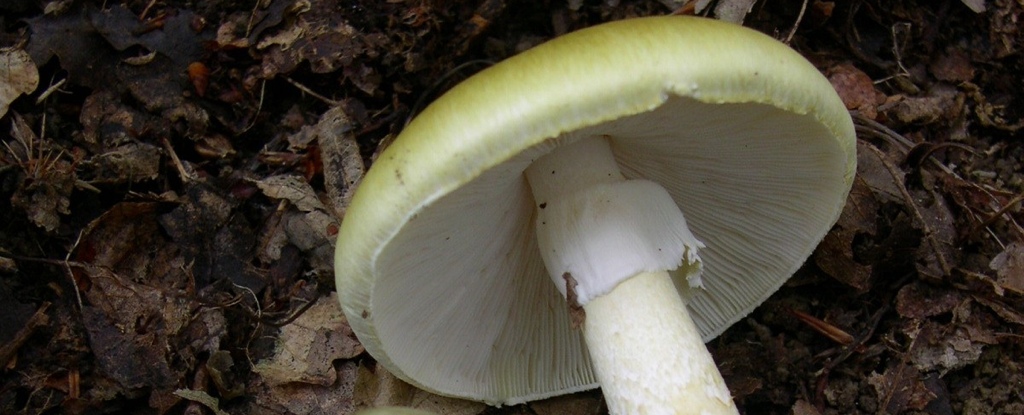The death cap mushroom, responsible for over 90 percent of mushroom-related fatalities around the world, has puzzled scientists for years. But researchers at Sun Yat-sen University in China may have discovered a substance that could serve as an antidote for Amanita phalloides poisoning.
The Deadly Death Cap Mushroom
Death cap mushrooms are often mistaken for other, edible mushrooms due to their attractive appearance and lack of toxicity in taste. However, the slow manifestation of symptoms following ingestion can make it difficult to identify poisoning until it’s too late. The mushroom’s toxins attack the liver, often leading to death without medical intervention.
The Potential Antidote
The research team used genome-wide CRISPR screening to identify the pathway by which the main death cap toxin, α-amanitin, causes cell death. They found that the biosynthesis of N-glycans plays a significant role, with the STT3B enzyme being key to the toxin’s toxicity.
The team then screened FDA-approved substances for potential antidotes and identified indocyanine green as a potential inhibitor of STT3B. Tests on human cell lines, mouse liver organoids, and live mice showed promising results, with treated mice showing less organ damage and cell death and higher survivability than untreated mice.
However, the researchers note that treatment needs to be sought as early as possible, as irreversible damage occurs early. Further research is needed to determine how indocyanine green inhibits α-amanitin and assess its safety for use in humans.
This study shows that through whole-genome functional genomic characterization and in silico drug prediction, scientists can rapidly define and target medically relevant processes. While more research is needed, the potential antidote could save lives in the not-too-distant future. In the meantime, it’s safest to avoid eating any mushroom found on the forest floor if there is any doubt about its toxicity.



Leave a Reply